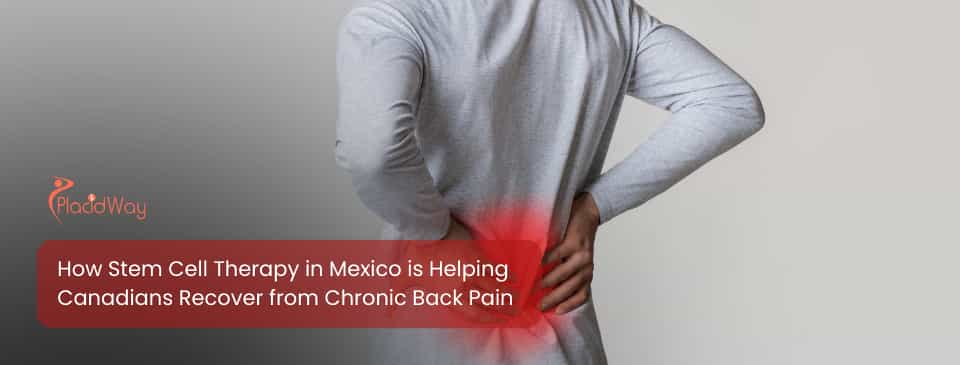
For countless Canadians living with the debilitating effects of chronic back pain, conventional treatments often provide only temporary relief, leaving them in a cycle of pain management without a real solution. This frustration has led many to look beyond their borders for innovative treatments. Stem cell therapy in Mexico has emerged as a beacon of hope, offering an advanced regenerative approach that aims to heal damaged tissues and provide lasting recovery, an option that remains largely inaccessible in Canada due to stricter regulations and high costs.
Key Takeaways
-
Advanced Regenerative Option: Mexico offers access to advanced stem cell therapies, particularly using mesenchymal stem cells (MSCs), to treat the root causes of chronic back pain like degenerative disc disease.
-
Significant Cost & Time Savings: Canadians can save 40-60% on stem cell procedures in Mexico while completely bypassing the long wait times and restrictive access common in the Canadian healthcare system.
-
Regulatory Environment: Mexico's health authority, COFEPRIS, regulates stem cell therapies, allowing for treatments that are not yet widely approved by Health Canada, providing more options for patients.
-
Cost of Stem Cell Therapy for Back Pain:
-
Mexico: $6,000 - $15,000 USD, depending on the complexity and number of treatments.
-
Canada: Largely unavailable in public healthcare; private clinical trials can be exceptionally expensive and difficult to access.
-
Understanding Stem Cell Therapy for Back Pain
Stem cell therapy is a form of regenerative medicine that uses the body's own natural healing mechanisms to repair and regenerate damaged tissues. For back pain, this involves injecting concentrated stem cells directly into the affected area, such as a degenerated spinal disc or an arthritic facet joint, to reduce inflammation and rebuild tissue.
The primary type of stem cells used for orthopedic conditions are mesenchymal stem cells (MSCs). These powerful cells can be harvested from sources like a patient's own bone marrow or adipose (fat) tissue, or from ethically sourced umbilical cord tissue. Once injected into the damaged site in the spine, MSCs have a multi-faceted effect:
-
Anti-Inflammatory Action: They release proteins that powerfully counteract inflammation, a primary source of chronic pain.
-
Tissue Regeneration: They have the ability to differentiate into specialized cells, such as cartilage and bone cells, helping to rebuild the structure of a worn-out disc or joint.
-
Cell Signaling: They act as signaling hubs, recruiting other healing cells from the body to the site of injury to accelerate the repair process.
Why Are Canadians Turning to Mexico for Treatment?
The combination of restrictive regulations in Canada and the availability of advanced, regulated treatments in Mexico creates a powerful draw for patients seeking relief. Mexico provides a healthcare environment where innovative therapies are more readily and affordably accessible.
The Canadian Hurdle: Regulation and Access
In Canada, stem cell therapy for orthopedic conditions is still considered experimental by Health Canada for most applications. This means it is not covered by provincial health plans and is only available through very limited and expensive clinical trials. Patients are often left with conventional options like physiotherapy, steroid injections, or invasive spinal surgery, which may not address the underlying cause of degeneration.
Mexico's Advantage: Availability and Affordability
In contrast, Mexico's regulatory body, COFEPRIS, has established a clear framework for the clinical application of stem cell therapy. This has allowed top-tier clinics to gain extensive experience and offer these treatments to international patients. The significantly lower cost of medical procedures and operations in Mexico makes this cutting-edge therapy financially viable for many Canadians who would otherwise have no hope of accessing it.
Quality of Care
Leading Mexican clinics that cater to medical tourists are equipped with state-of-the-art laboratories and staffed by highly qualified physicians, often with training from the US or Europe. They adhere to strict international protocols for cell processing and patient safety.
The Cost Equation: A Clear Advantage in Mexico
The financial barrier is one of the biggest challenges for Canadians seeking regenerative medicine. Mexico removes this barrier, offering transparently priced packages that are a fraction of the cost of what one might find in a private North American setting.
While direct comparisons are difficult due to the lack of availability in Canada, the cost savings are undeniable when looking at the private clinical landscape.
What Conditions Can Be Treated?
Stem cell therapy is most effective for chronic back pain stemming from degenerative conditions. It targets the slow, wear-and-tear processes that lead to structural breakdown and inflammation in the spine.
The most common conditions treated include:
-
Degenerative Disc Disease: This is the most prevalent application. Stem cells are injected into the damaged disc to help regenerate the tough outer annulus and the gel-like inner nucleus, potentially restoring disc height and function.
-
Facet Joint Arthritis: Just like arthritis in the knee or hip, the small facet joints that allow the spine to bend and twist can become arthritic. Stem cells can help rebuild cartilage and reduce painful inflammation in these joints.
-
Sacroiliac (SI) Joint Dysfunction: Pain originating from the SI joint, which connects the spine to the pelvis, can be treated by injecting stem cells to stabilize and repair the joint's ligaments and cartilage.
-
Minor to Moderate Spinal Stenosis: By reducing inflammation and potentially regenerating tissue, stem cell therapy can help alleviate the nerve compression caused by a narrowing spinal canal.
Did You Know? Mesenchymal stem cells (MSCs) are often called "medicinal signaling cells" because a primary part of their healing power comes from their ability to secrete bioactive factors that instruct other cells in the body to initiate repair and reduce inflammation, rather than just transforming into new tissue themselves.
The Treatment Process: A Patient's Journey
Reputable Mexican clinics offer a streamlined, patient-focused experience, guiding you from initial consultation to post-treatment follow-up.
-
Remote Consultation: The process begins with a free consultation. You will send your MRI reports, X-rays, and medical history to the clinic's medical team for review. They will determine if you are a good candidate for the therapy and provide a detailed treatment proposal.
-
Travel and Arrival: You will travel to the clinic's location, often in cities like Cancun, Guadalajara, or Tijuana. Clinics typically assist with travel logistics, including airport pickup and hotel recommendations.
-
On-Site Evaluation & Treatment: On treatment day, you will have an in-person physical examination. The stem cells (either from your own body or a donor source) are prepared and then injected into the precise spinal locations guided by advanced imaging like fluoroscopy or ultrasound. The procedure itself is minimally invasive and takes only a couple of hours.
-
Recovery and Follow-up: After a short observation period, you are free to return to your hotel to rest. Most patients can fly back to Canada within a few days. The regenerative process is gradual, with most patients noticing significant improvements over the next 3 to 6 months. The clinic will provide a detailed post-treatment care plan and schedule virtual follow-ups.
Choosing a High-Quality Clinic in Mexico
Doing your due diligence is critical to ensuring a safe and effective treatment. Not all clinics are created equal, and it's essential to select one that prioritizes patient safety and uses proven protocols.
Key factors to verify:
-
COFEPRIS License: Ensure the clinic is licensed by COFEPRIS for stem cell application. This is the most important indicator of legitimacy.
-
Physician Credentials: Research the doctors. Are they specialists in orthopedics, pain management, or regenerative medicine? Where did they receive their training?
-
Type of Stem Cells: Ask about the source of the stem cells (autologous from your body or allogeneic from umbilical cords) and the lab processes used to ensure their purity and viability.
-
Transparency: A reputable clinic will be transparent about its protocols, pricing, and realistic outcomes. Be wary of any clinic that promises a "cure."
-
Patient Testimonials: Look for reviews from previous patients, especially other Canadians, who have been treated for similar conditions.
Expert Insight "The key to a successful outcome with orthopedic stem cell therapy is twofold: selecting the right patient and delivering the cells to the right place. Patients with moderate, not end-stage, degenerative changes see the best results. Furthermore, the use of image guidance, like fluoroscopy, is non-negotiable for spinal injections to ensure the cells are placed precisely where they can do the most good." - Dr. Alejandro Torres, Regenerative Medicine Specialist
Frequently Asked Questions (FAQ)
Is stem cell therapy a permanent cure for back pain?
It is not considered a "cure" but rather a long-term healing and management solution. The goal is to repair damaged tissue and fundamentally change the environment of the joint or disc from degenerative to regenerative. Many patients experience significant, lasting relief for many years, but the longevity depends on the severity of the condition and the patient's lifestyle.
How long does it take to see results?
The regenerative process is gradual. Some patients report reduced inflammation and pain within the first few weeks, but substantial tissue repair and functional improvement typically occur over 3 to 9 months as the cells work to rebuild the damaged structures.
Is the procedure painful?
The injection site is numbed with a local anesthetic. Patients may feel some pressure during the injection, but the procedure itself is generally well-tolerated. Some post-injection soreness at the site is common for a few days but is typically mild.
What kind of stem cells are best for back pain?
Mesenchymal Stem Cells (MSCs) are the standard for orthopedic and musculoskeletal conditions. Whether they come from your own bone marrow/fat or from donated umbilical cord tissue depends on your specific case. Umbilical cord-derived MSCs are often preferred for older patients as they are younger, more robust, and do not require a harvesting procedure.
Reclaim Your Life from Chronic Pain with PlacidWay
If you're tired of living with the limitations of chronic back pain and are ready to explore a cutting-edge solution, PlacidWay can help. We connect Canadian patients with a network of pre-screened, leading stem cell clinics in Mexico. We can help you get free, no-obligation quotes and access the information you need to make an informed decision about your health.

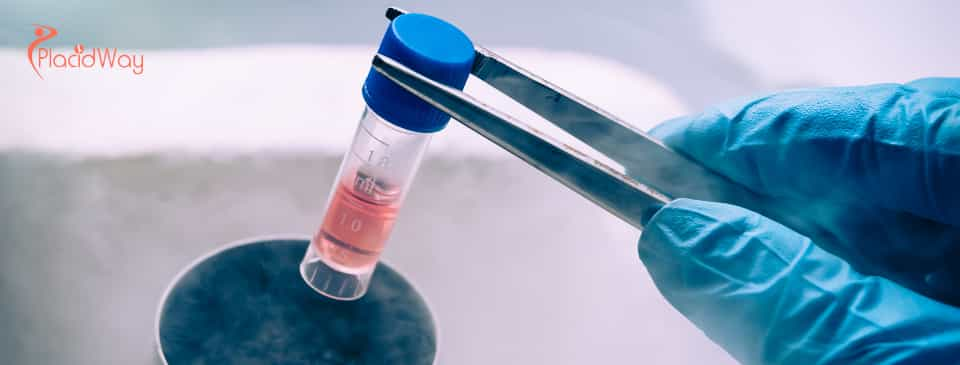


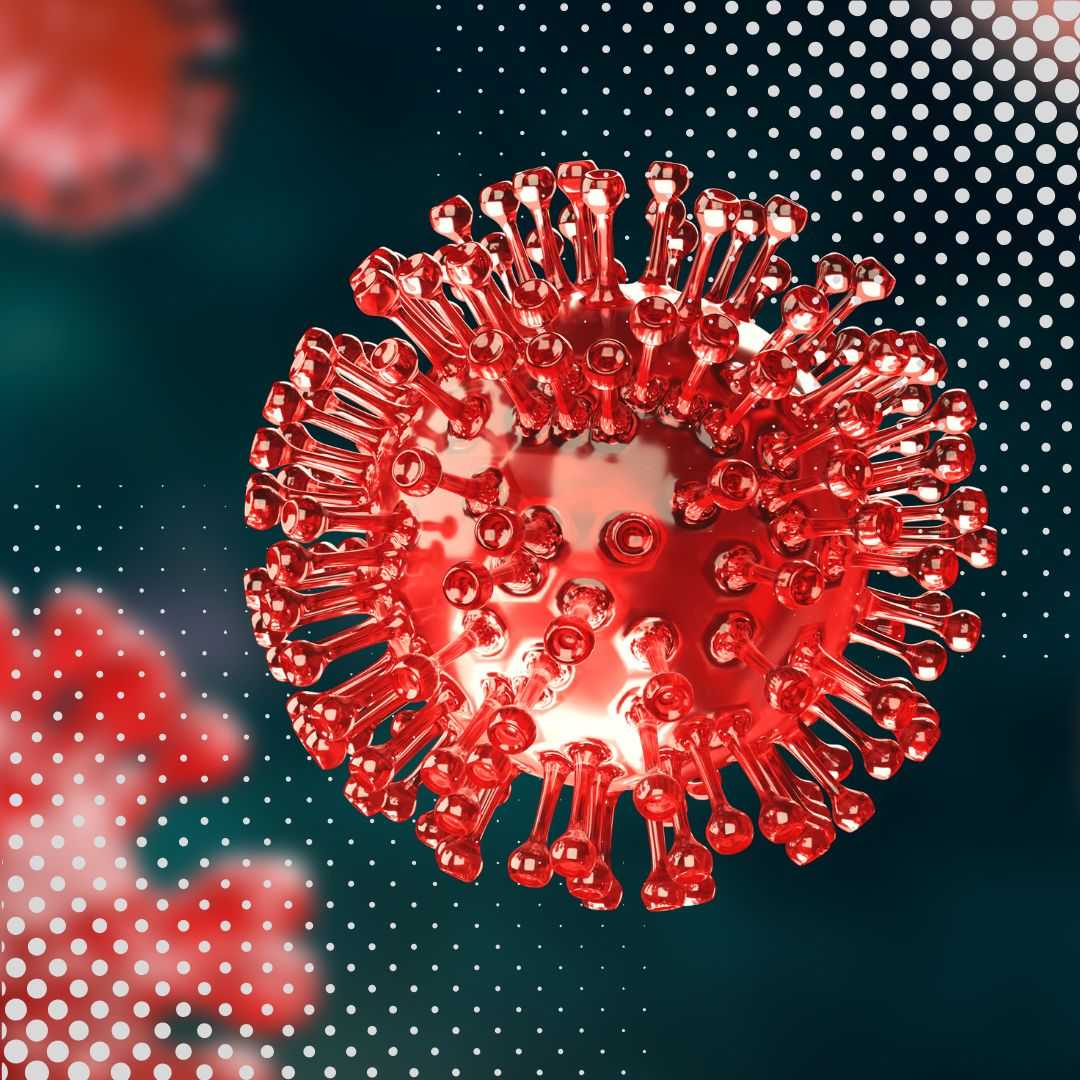

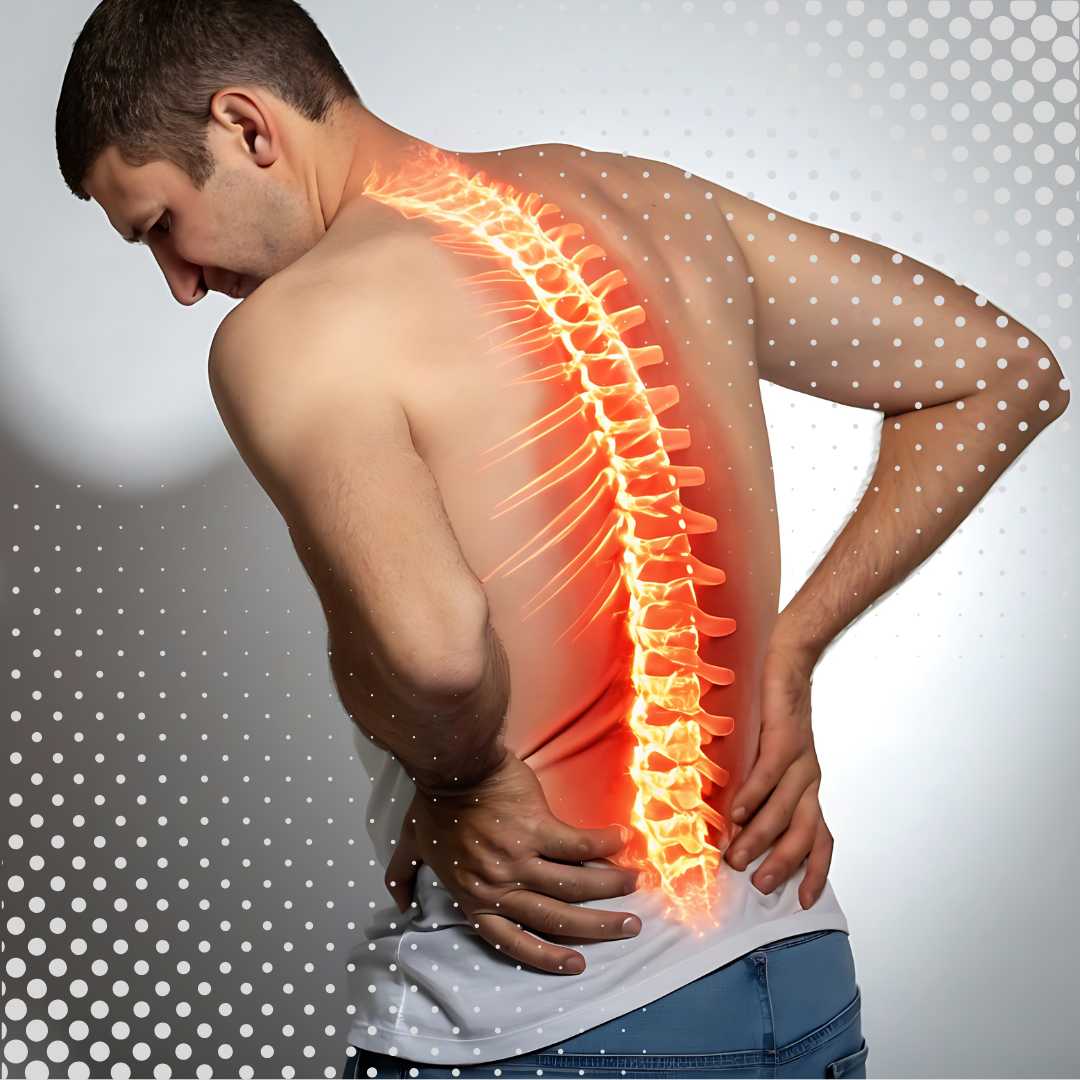

.jpg)
.png)
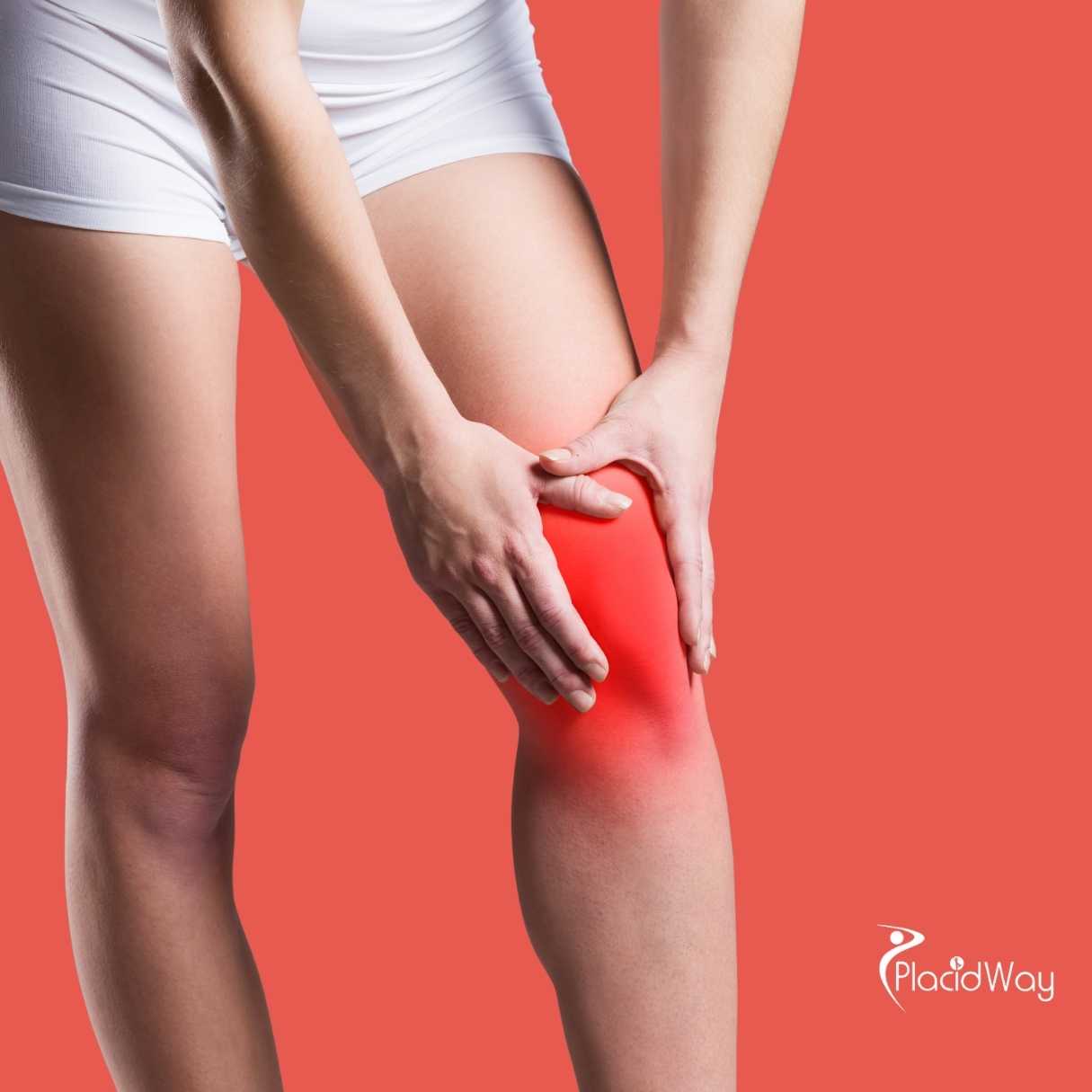
.png)
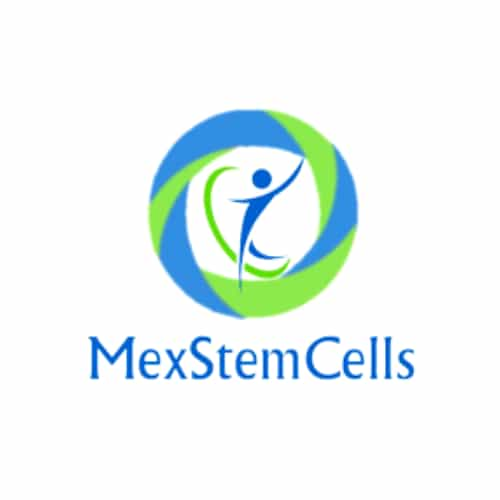


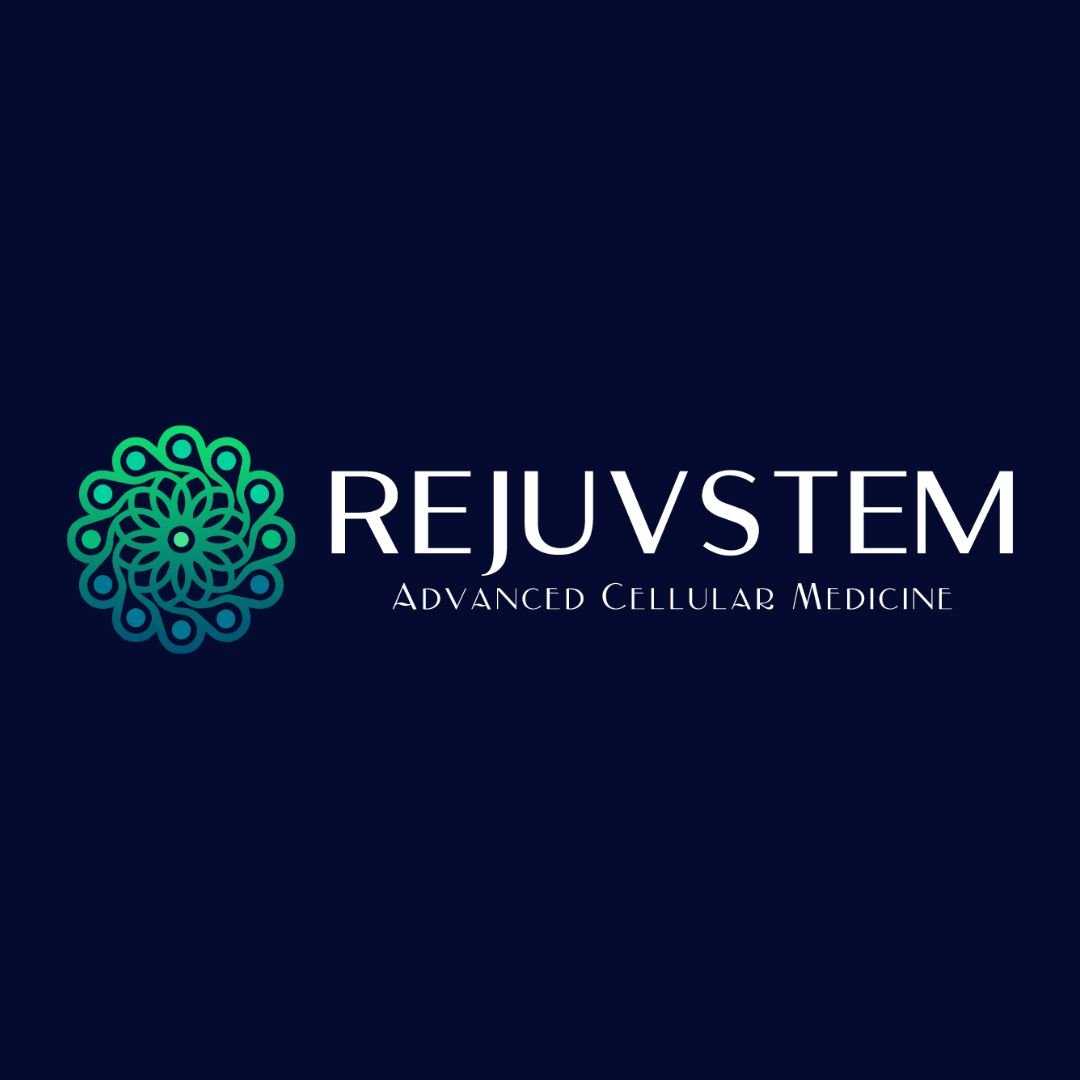
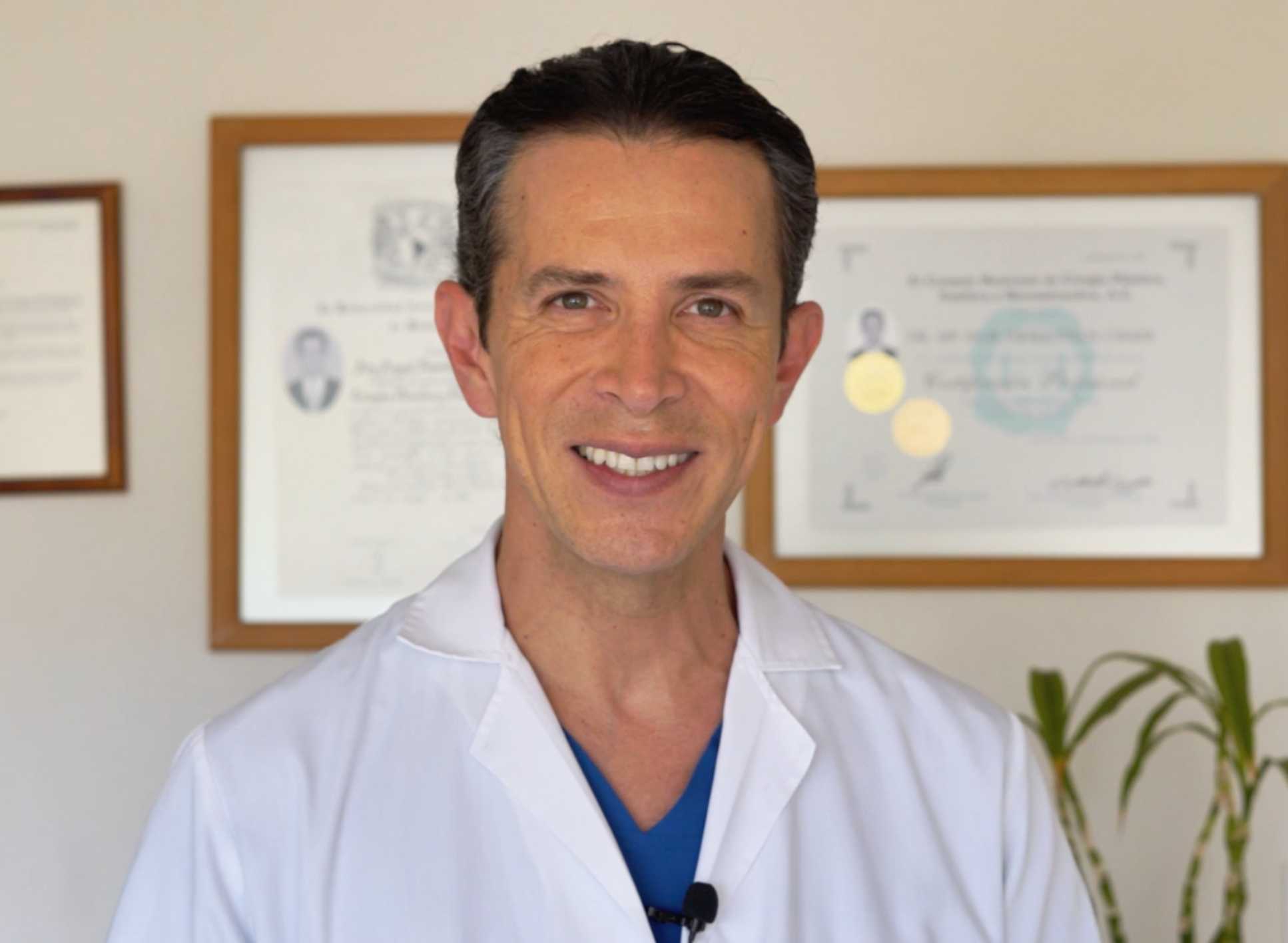

Share this listing